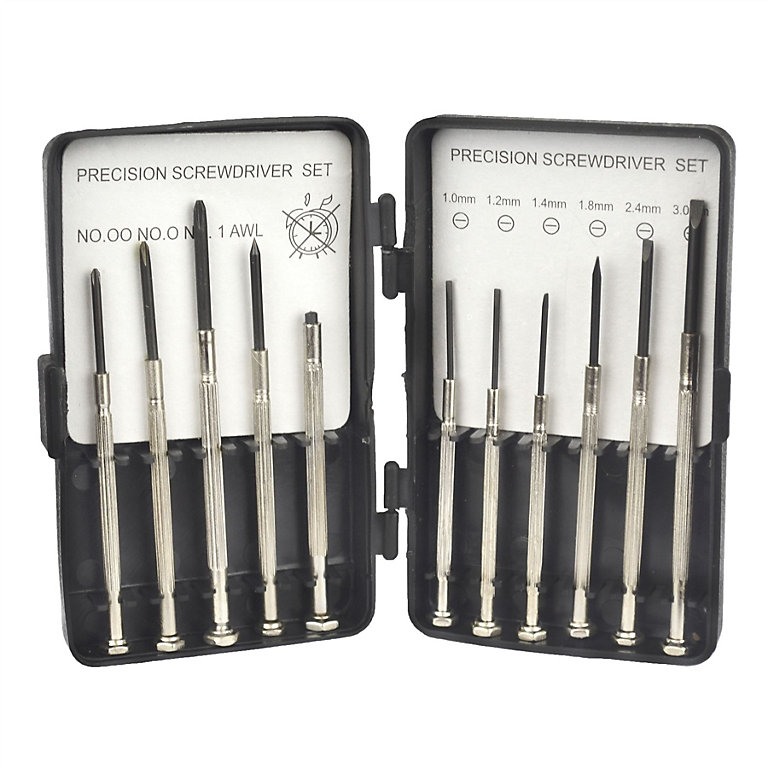Hello! I am boosting the memory of an old Mac computer (at least, that's what I would like to do). The ventilation grating at the bottom of this old iMac (which allows access to the memory slots) is held in place by one tiny screw, which I have been told is a 3mm Phillips. I bought this size of screwdriver, but when I came to turn the screw (to get at the memory modules), it did not turn it or even feel that it was gripping. I was forced, therefore, to use a very small screwdriver for slotted heads, and hope that enough of a grip would be obtained, to turn the head. Well, it is devilish hard work (with thin rubber wrapped round the handle, to save my poor hand), but this tiny screw does turn a little. I marked it on one spot, to be certain of this, and it definitely turns a bit. The trouble is, it is not coming out! Nor is the level of the head rising above the surrounding metal, not by a twitter! This machine was bought new, a long time ago (and has spent most of the years under the bed, until now. However, it has been in a good carton, and has never got dusty), and I have never touched or even looked at the screw before. Has anyone any useful suggestion about how to take the grating off (and be able to fix it back)?
Gracias muchas for any help!
L.L
Gracias muchas for any help!
L.L


